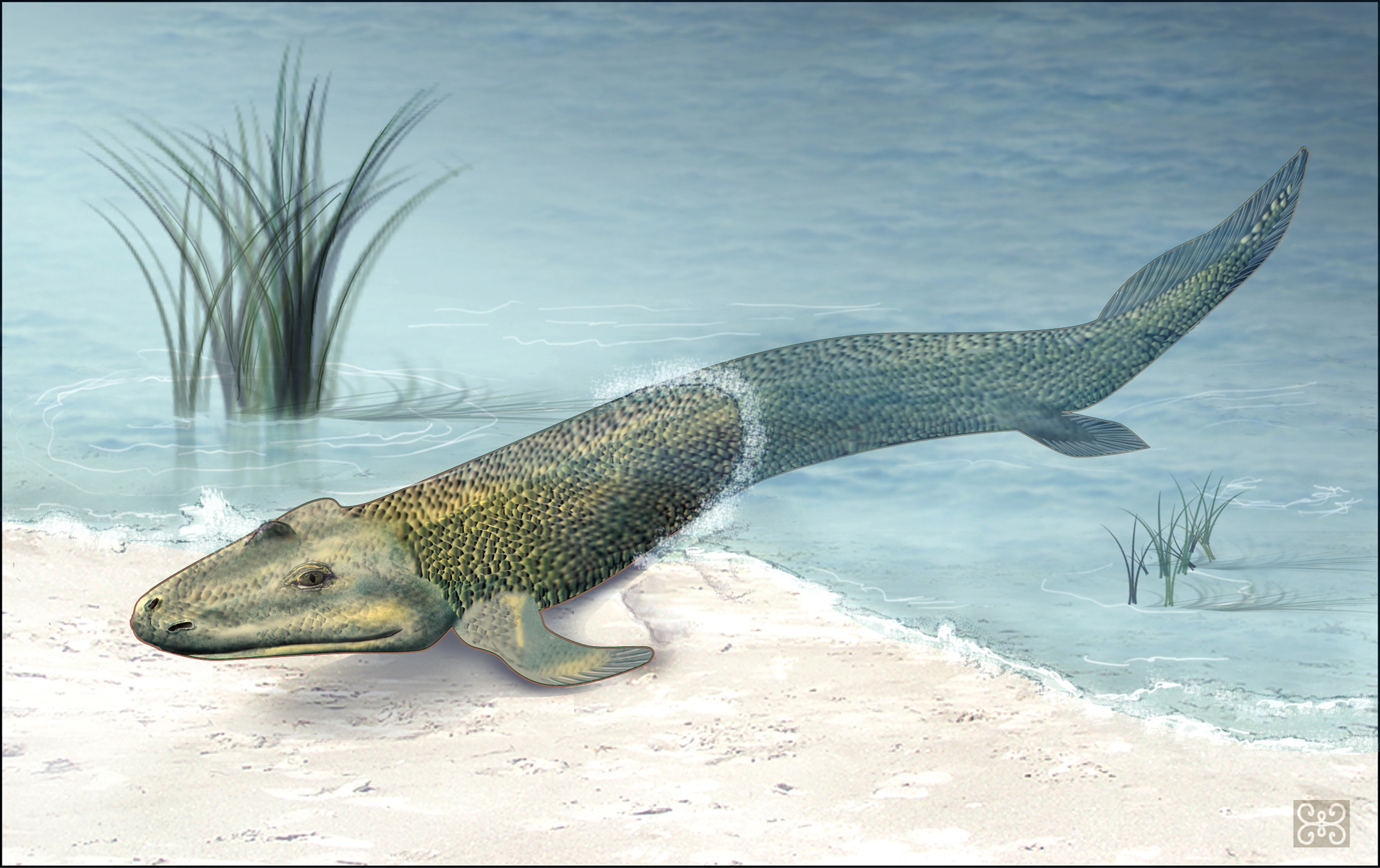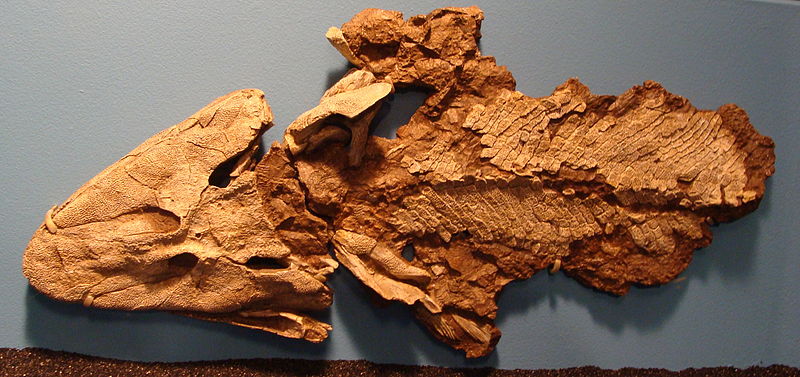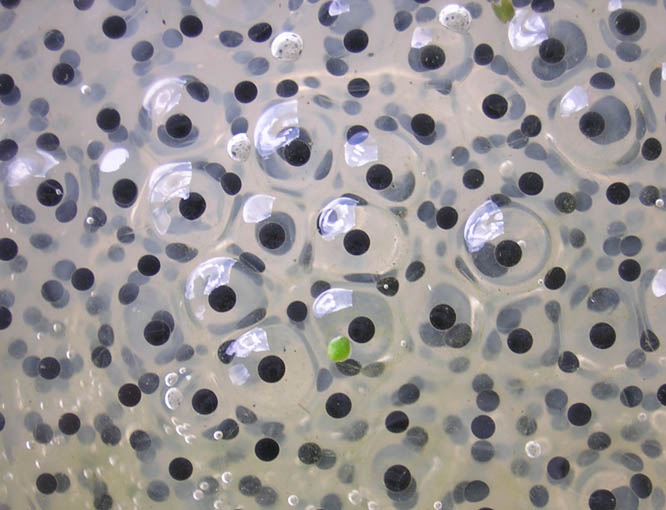How did Tiktaalik roseae reproduce?
What enviornment did Tiktaalik need to reproduce?
Tiktaalik roseae played a key role in animals transitioning from life in the water to life on land. Tiktaalik likely had a simple form of lungs as well as gills and the ability to go onto land (Shipman, 2006). However, it still had a huge tie to the water and was not evolved enough to live outside of it. Although Tiktaalik may have ventured onto land, a large majority of its life was spent in the water. This includes its birth and development stages of life (Clack, 2012). Much like modern day amphibians, Tiktaalik required water in order for it to reproduce.
How did Tiktaalik roseae reproduce?
Tiktaalik roseae mostly likely lived an amphibious life style and
reproduced very similarly to amphibians. The life cycle starts with
the female laying its eggs in the water. The male would then deposit
a cloud of sperm over the eggs and fertilize them. The eggs would
then develop into an aquatic larvae. This larvae most likely
possessed external gills and spent its entire larval state in the
water (Daeschler et al., 2006). At some point, the aquatic larvae would metomorphosis into
the adult stage which would continue to grow to its full size.

How does the reproduction of Tiktaalik differ from amphibians?
At some point in the carboniferous period, a group of tetrapods
developed an amphibous egg.
This new style of egg was harder because of the presense of calcium
carbonate. This allowed gases to exchange while keeping the egg
impenetrable to water (Duellman, 1994). Thes e amphibious eggs were not used by early
tetrapods like Tiktaalik, but it evolved from Tiktaalik's life
cycle. The other key difference in the two lie cycles is the
presence of developmental stages. Modern amphibians developed stages
inbetween the aquatic larval stage and the adult stage. Tiktaalik
shows no evidence of developmental stages and likely
metomorphosised straight into its adult form. Modern amphibians
evolved stages of development from this life cycle. An example of a
developmental stage is a tadpole in frogs.
e amphibious eggs were not used by early
tetrapods like Tiktaalik, but it evolved from Tiktaalik's life
cycle. The other key difference in the two lie cycles is the
presence of developmental stages. Modern amphibians developed stages
inbetween the aquatic larval stage and the adult stage. Tiktaalik
shows no evidence of developmental stages and likely
metomorphosised straight into its adult form. Modern amphibians
evolved stages of development from this life cycle. An example of a
developmental stage is a tadpole in frogs.
What advantages did this type of reproduction have?
When Tiktaalik would lay its eggs, it would lay a large amount of small eggs. This favored the reproductive stratagy of producing many offspring and hoping that some survive. Tiktaalik would not care for its individual offspring because so many were laid. Instead after the eggs were laid, they would be left alone. Eggs could potentially be disturbed and never hatch. If the eggs are lucky enough to hatch, it was likely that many of the aquatic larvae would die (Duellman, 1994). Although many would die, the large number of eggs helped this life style to survive and evolve into life styles that we see today.

